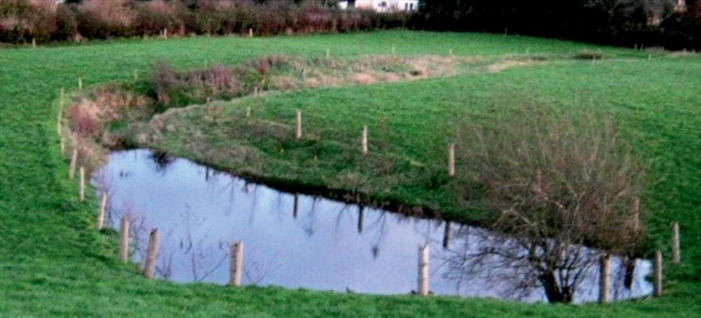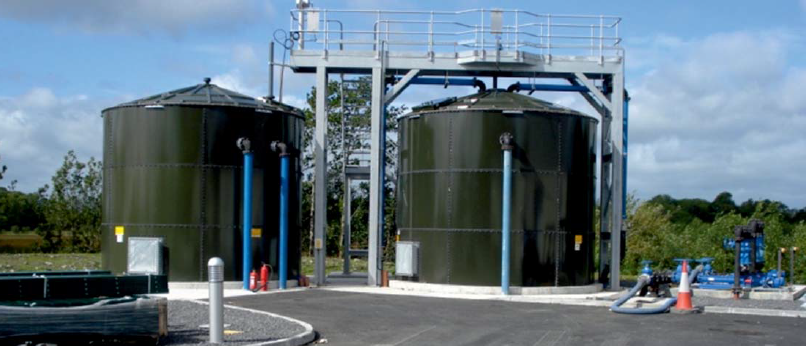
The Grid West Project is part of the National Grid 25 Programme.
The 400kV scheme will form part of the electrical network necessary to connect an estimated 5,000MW of renewable energy resources available in the West of Ireland, as well as meeting the long-term electricity needs of consumers in the region.
The Grid West project was launched in June 2012 and following two rounds of public consultation, sixteen 1km route corridor options which could accommodate an overhead transmission line, including one Least Constrained Corridor, were published in March 2013 as part of the Stage 1 Report. Further Refinement of this corridor following additional assessment of identified environmental and technical constraints led to the announcement of a 1km Emerging Preferred Route Corridor in October 2013.
The EirGrid Grid25 initiatives (announced in January 2014) include a commitment to undertake a comprehensive analysis of an underground option for the Grid West Project. The comprehensive analysis will require the overhead and underground options to be developed in parallel.These assessments are ongoing.
Sustainability, as one of TOBIN’s core values, has been an integral part of the project development since June 2012. In order to ensure the protection and sustainable management of the existing environment, it is critical that the baseline environment is established prior to the commencement of the project.
TOBIN has prepared Constraints Mapping on over 150 separate datasets organised into seven themes (Ecology, Landscape, Geology, Water, Settlements, Cultural Heritage and Infrastructure / Utilities) and identified the initial sixteen potential route corridors based on these constraints and more recently the Least Constrained Corridor and the Emerging Preferred Route Corridor.
Each constraint or feature has been analysed to assess the potential impact of the proposed project activities on that location e.g. the impact of locating a transmission line in the vicinity of a river, archaeological site, sensitive visual amenity, etc. The River Moy SAC is a Natura 2000 habitat that is located within the Grid West Project study area. In order to ensure that the quality of water in the River Moy (and associated tributaries) is maintained, particular attention will be given to route selection along the SAC, the technical design of the route options and recommendations for best practice methodologies during the construction of the project.
The Grid West Project study area has been identified as an area of high ecological value. Detailed ecological studies have been ongoing since project commencement including, Breeding Bird Surveys, Wintering Bird Surveys (Whooper Swans) and Marsh Fritillary Butterfly surveys. This is one specific example of sustainable management of the receiving environment which is considered for every aspect of the Grid West Project.
TOBIN produced an Environmental Impact Assessment (EIA) Scope, Environmental Impact Assessment (EIA) Screening, and Scoping Reports, an Appropriate Assessment (AA) Screening Report, and environmental studies to establish impacts on sensitive environments e.g. rivers, lakes and bog habitat in the study area. TOBIN will also prepare an Environmental Impact Statement (EIS).
Each element listed above will include a detailed assessment of the proposed development (whether overhead or underground), including the potential impacts that may be associated with the construction and operation of a transmission line or cable, the construction or upgrade of substation locations (where required) and access to the project site(s). Mitigation measures will be proposed to ameliorate the identified potential impacts, in order to ensure that the existing environment is protected in a sustainable and responsible manner.


